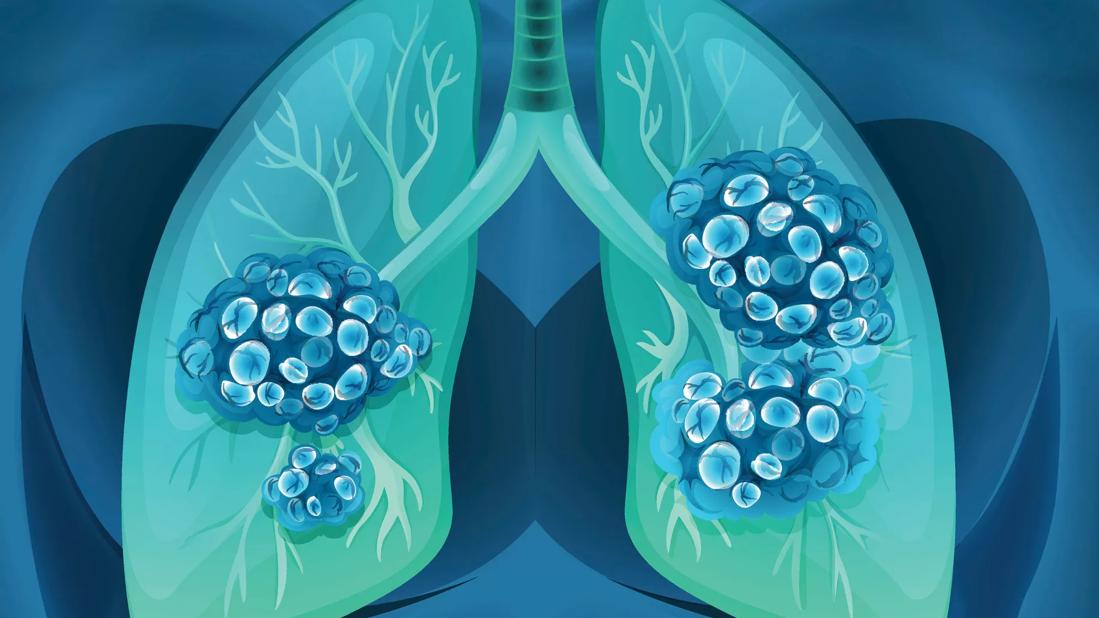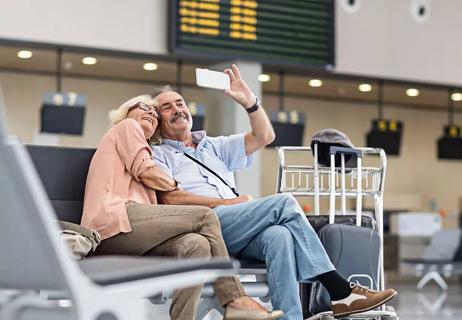Early detection and screening are important

If you’re worried because tests show that you have a lung nodule, keep in mind that the vast majority of pulmonary nodules aren’t cancerous. In fact, only 3 or 4 in 100 of these small growths are cancerous.
Advertisement
Cleveland Clinic is a non-profit academic medical center. Advertising on our site helps support our mission. We do not endorse non-Cleveland Clinic products or services. Policy
But it’s important to follow up on it because lung cancer remains the leading cause of cancer deaths for both men and women in the United States. The disease takes more lives than colon, breast and prostate cancers combined.
And, while smoking cigarettes is the most common risk factor for developing lung cancer, 25% of all cases worldwide are found in people who have never smoked.
Here’s what you need to know about early detection and screening — the key to allowing doctors to identify and treat a nodule that is cancerous in its early stages.
Lung nodules are soft-tissue lesions that can be either rounded or irregular in shape. A nodule is defined as a lesion measuring 3 centimeters or smaller in diameter, says lung specialist Louis Lam, MD. (Anything larger than 3 centimeters is considered as a mass.)
Nodules are typically detected with routine chest imaging during an annual check-up or when you have a respiratory illness or unrelated doctor visit.
They can show up either on a chest X-ray or computed tomography (CT) scan. “We generally don’t expect to see symptoms,” Dr. Lam says.
Many doctors recommend an annual CT scan for those at high-risk for lung cancer. This scan is more effective in detecting the disease early in its course when it is treatable.
Medicare guidelines state that you’re eligible for a low-dose screening CT once a year if you are:
Advertisement
Dr. Lam says patients should know that there is a slight risk of radiation exposure from a CT scan and a small chance of “false-positives” that sometimes cause additional testing or surgery on a nodule that is non-cancerous.
But he says the risks are worth it when weighed against the benefits of such a screening. The National Lung Screening Trial found a 20% reduction in lung cancer related death rates in high-risk patients who had CT screening over those who had chest X-rays, he says.
When testing detects a nodule or spot, your doctor likely will continue checking the nodule for two years. The recommended course of action, however, will depend on the size of the nodule and your risk level.
For instance, a person with a small nodule who is at low risk might have a follow up CT scan annually for two years. But a high-risk individual might have three CT scans during that period.
If the nodule does not grow over the two-year period, your doctor likely will diagnose it as benign and will not treat it further, Dr. Lam says. If growth is detected, a biopsy or surgery would be recommended. In general, malignant nodules double in size every one to six months.
“The bulk of nodules are benign,” he adds. (Lung cancer rates vary by state due to several variables, including social and economic barriers, lifestyle choices, and exposure to radon, the second leading cause of lung cancer.)
But even if the nodule is not cancerous, Dr. Lam uses the experience as an opportunity to educate patients about the dangers of smoking.
One study found that people who smoke lose at least one decade of life expectancy compared with people who have never smoked. It also found that people who quit smoking by age 40 reduce their risk of smoking-related death by 90%.
Advertisement
Learn more about our editorial process.
Advertisement

Some tips to make your next fire safer

The right treatment starts with the right diagnosis

Keep your eyes peeled for sneaky sources of sodium

Here how to do it safely

A rare gene mutation may increase your risk for the disorder

Diaphragmatic breathing, pursed lip breathing and huff coughing can help manage COPD symptoms, like chest congestion and shortness of breath

Adult-onset asthma has the same symptoms as childhood asthma, but tends to be more severe

An asthma action plan is a personalized, step-by-step set of instructions for handling asthma attacks

The best parenting style balances enforcing rules and showing plenty of love

Tips include cutting back on sugar, focusing on exercise and managing stress

It can be harder to let go when you’ve invested time, energy and emotions — but it might be the healthier choice long term